A medicinal herb that is hardly used in medicine in Germany today is that ordinary adder head, also wild ox tongue called. Sometimes it is still used as an ingredient in cosmetics.
Occurrence & cultivation of the common adder's head

The term "Echium" is derived from the Latin "Echis", which means otter or viper. The term "vulgare" means ordinary. The adder's head has many bristles on its stems and leaves. The lanceolate leaves can be up to ten centimeters long. They grow narrower towards the stem. At the top are the flowers arranged like grapes, which are initially pink and later turn blue.
They resemble a snake's head with a tongue that flickers, which is why the plant is also known as "adder's head". The flowers are considered to be the head of a snake, the protruding stylus with the stamens as the tongue. After the flowering period, which extends from May to the beginning of October, the flowers develop fissure fruits with seeds.
Effect & application
In the kitchen and as a medicinal herb, the common adder's head is rarely used. The leaves have a cucumber-like taste and can be prepared similar to spinach. This is especially true for the preparation of the young leaves. Both the plant and its leaves contain pyrrolizidine alkaloids, which are considered to be liver-toxic and carcinogenic. The adder's head should therefore not be eaten in larger quantities.
Especially people with liver disease should be careful. The common adder's head is hardly used in general medicine in Germany. It used to be recommended in herbal books as a remedy for wound healing from snakebites. When it is used internally, it has a diuretic and perspiring effect. The allantoin contained in the plant has a beneficial effect on wound healing, other active ingredients have an antibacterial effect. One of the various areas of application is respiratory diseases such as coughs.
Externally, the adder's head helps with carbuncles and boils. The leaves and herbs are collected during the flowering period and dried in shady places. A tea can be made from the fresh or dried herb. For this, two teaspoons of adder's cabbage per cup are poured with boiling water. The tea has to steep for five to ten minutes and is then poured through a sieve, sweetened if necessary and drunk in sips.
It also helps with colds and headaches. The flowering plant tips can be cut very finely for a mushy envelope in the case of inflammation of the nail bed, boils or carbuncles. The freshly squeezed plant sap helps with skin irritation and redness. The roots of the adder's head contain allantoin, which can be used for compresses or ointments for skin problems and injuries to the musculoskeletal system.
In the past, snakebites were often used to treat snake heads, probably because of the similarity of the flowers to snake heads. It was also popular because of its effect as an aphrodisiac, although this effect is not clearly proven.The roots can be used for coloring, they give a nice red color.
Importance for health, treatment & prevention
The common adder's head is one of the medicinal plants that are still used in natural medicine today, but their use has declined considerably. The dried herbs and the dried roots are mainly used for medicinal purposes. The adder's head, when used internally, has a diuretic effect, it helps with coughs, fever and headaches. Applied externally, compresses help with sprains, contusions and strains.
It can also be used as an envelope or in the form of a cream. To make a cream, a handful of finely chopped plant tips are mixed with 200 g of milking fat and 50 g of rapeseed oil and carefully heated in a saucepan until the fat becomes liquid. The liquid must then draw for 20 minutes and then cool. Then it can be transferred to cream jars. A freshly squeezed juice from adder's head can be applied to reddened skin and irritated skin areas.
The allantoin contained in the root in connection with the dried root in a cream has a positive effect on bruises, bruises and strains and degenerative diseases of the tendons if left on for longer. However, it is not suitable for long-term use. In case of doubt, advice should be given by an alternative practitioner. In the field of esotericism, the blue flowers of the adder's head are considered a "feast for the eyes".
By wetting the “third eye” with a flower extract, inner vision is supposed to be improved through Jupiter energy. In the kitchen area, the adder head is rather not recommended because of the poisonous pyrolizidine alkaloids, which are considered liver poisons and are suspected of being carcinogenic. Although the plant is not extremely poisonous, long-term use is strongly discouraged.

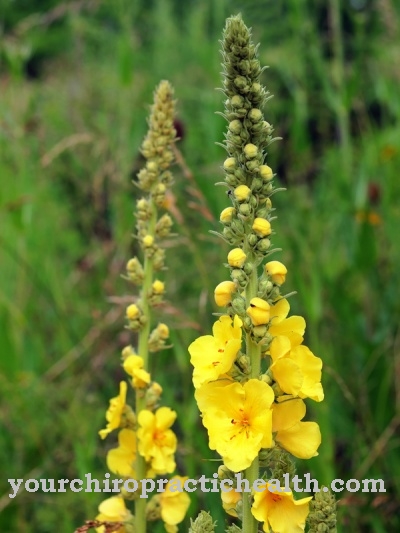
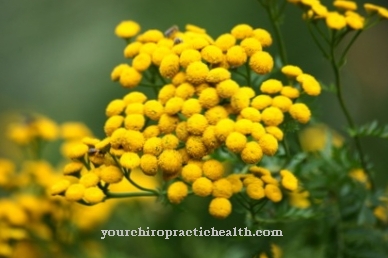
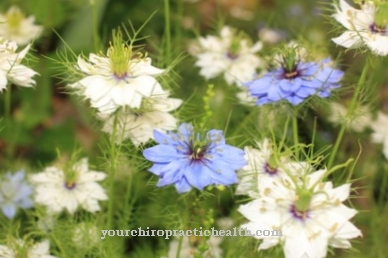

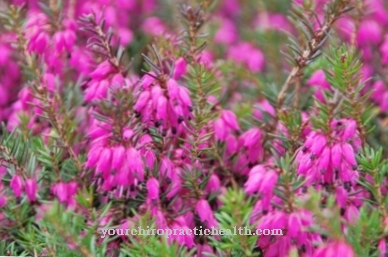
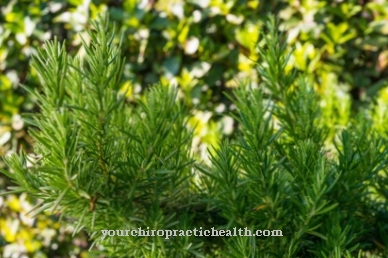





.jpg)



.jpg)










.jpg)
